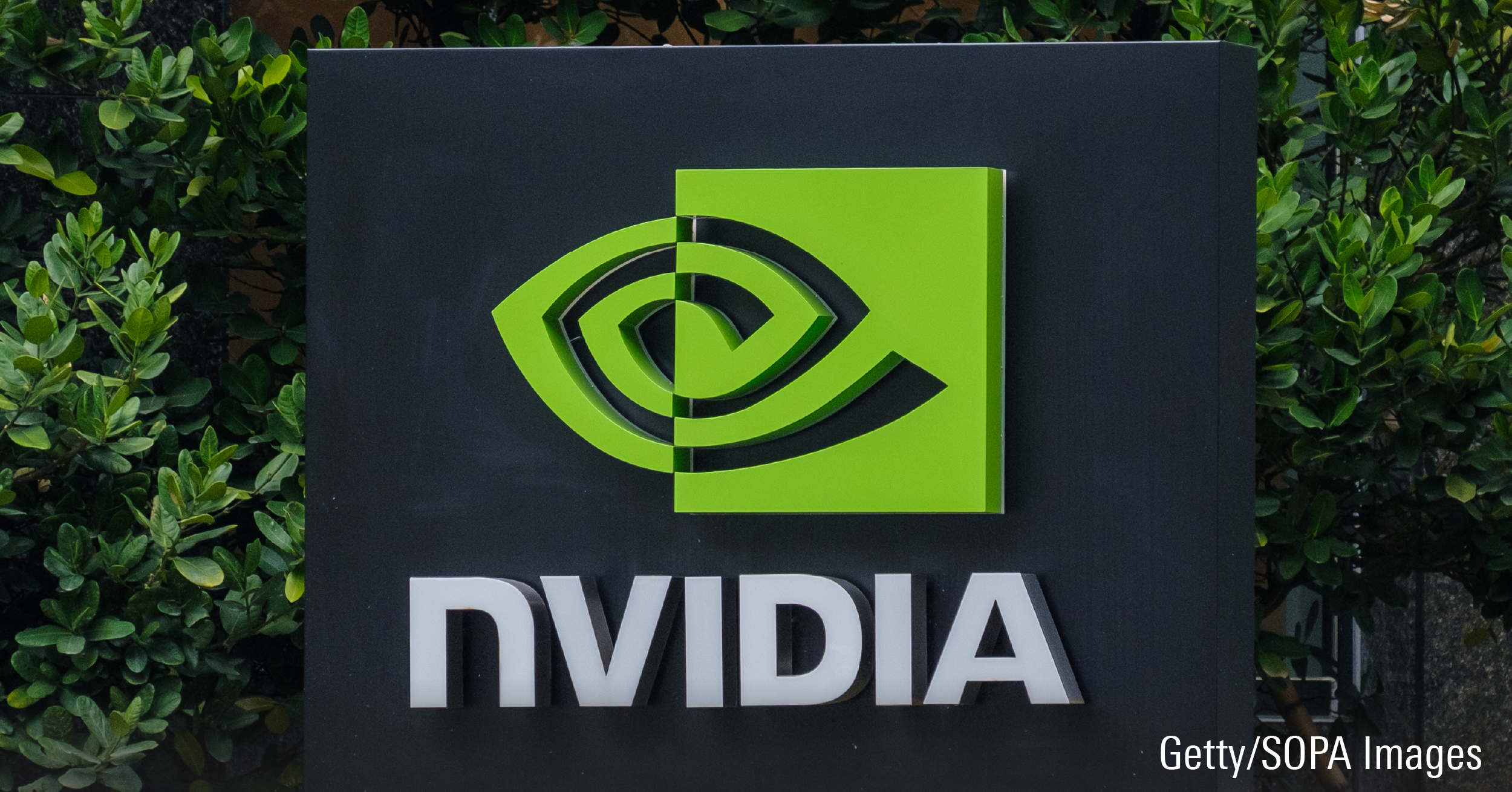Keith Graham, who last month joined AGF Funds Inc. as a senior vice-president and head of its new "Real Value" brand of funds, welcomes the challenge of turnaround situations.
"When I went to Trimark back in 1998, they were rightly or wrongfully viewed as being in distress, and I was hired to try and right the ship a little bit, and we were successful in doing that," says Graham, formerly with AIM Trimark Investments. "So the opportunity to come over to a firm and kind of do it again, and to build a new platform that I can put my stamp on, was very exciting."
Graham has hired his first associate portfolio manager, James Sorbo. He hopes to add an analyst within the next few weeks, to make it a team of three. His top priorities include building a team and setting in place investment processes and computer models. He will also be evaluating whether there is a need or demand for other products in the real value platform. "I like building things," he says.
Initially, Graham has been handed responsibility for two funds:AGF Canadian Real Value, formerly AGF Canadian Value, andAGF Canadian Real Value Balanced, the former AGF Tactical Asset Allocation.
He hasn't wasted any time in putting his personal touch on both of them. Since he took over on Sept. 2, the $135-million AGF Canadian Real Value has been whittled down from 70 holdings to 41, keeping only 12 stocks held by the previous manager, Montreal-based AGF subsidiary Magna Vista Asset Management.
Similarly, the equity portion of the $1.3-billion AGF Canadian Real Value Balanced was reduced from about 70 holdings to 41, while retaining 18 names held by the former manager, Barclays Global Investors Canada Ltd.
Graham immediately sold the $350 million exposure to index futures previously held by the fund, replacing it with about a dozen foreign stocks. (AGF's Scott Colbourne now manages the fixed-income component of the fund.)
The fund's new direction received the blessing of unitholders. On Sept. 25, they endorsed AGF's proposal to delete the previous tactical objectives, clearing the way for the value-oriented, bottom-up approach practised by Graham.
Graham said earlier this month that he is about 80% through the "quick and easy changes" to the funds. He'll be making further refinements to his portfolios, which will hold between 40 and 60 stocks.
On average, Graham looks at a five-year investment horizon, with his portfolio turnover typically ranging between 20% and 30%. He'll sell a stock if something has changed in the investment thesis, such as an acquisition, a change in management or lack of value within a reasonable time frame. His cash position generally runs between 5% and 10%.
Graham, 42, arrives at AGF after receiving accolades for his work onTrimark Income Growth, which won consecutive trophies for Best Canadian Balanced Fund in 2001 and 2002 at the annual Canadian Investment Awards.
He was also a high achiever earlier on in his investment career, which began on the retail advisory side. After receiving a BA from the University of Western Ontario in 1985, he joined Fidelity Investments in the U.S. as a registered representative.
He rose quickly through the ranks, becoming one of the youngest vice-presidents at the time. But he feared being pigeonholed in one part of the organization. So, before he "woke up at 45 years old with a couple of kids and a mortgage," he wanted to return to Canada and have the opportunity to move into money management.
He left Fidelity in 1991 and returned to Western, receiving an MBA in 1993. Upon graduation, he was hired by Heather Hunter (who would become an AIM Trimark colleague), to manage money for the Ontario Teachers Pension Plan Board. In 1995, he became one of the senior Canadian equity managers at Ontario Teachers.
He received his CFA designation in 1997, and then moved to Trimark Investment Management Inc. (which later became AIM Trimark) in 1998. One of his first assignments at Trimark that year was to co-manageTrimark Canadian Small Companies, a role he continued in until April of this year when he was replaced after serving notice that he would be joining AGF.
Graham considers himself a business investor, not a stock trader. Before he will consider buying a company, he asks himself two key questions. First, is it a quality business that he would want to own himself?
Secondly, if he owned the business, how much cash would end up in his pocket at the end of the year? Finally, he addresses the question of what is a good price to buy the business, based on fundamental, bottom-up analysis.
Striving to grow capital over time is Graham's benchmark. "I've got to deliver returns greater than a GIC over a period of three to five years and if I can't do that, I'm not worthy of doing this job," he says.
SaoT iWFFXY aJiEUd EkiQp kDoEjAD RvOMyO uPCMy pgN wlsIk FCzQp Paw tzS YJTm nu oeN NT mBIYK p wfd FnLzG gYRj j hwTA MiFHDJ OfEaOE LHClvsQ Tt tQvUL jOfTGOW YbBkcL OVud nkSH fKOO CUL W bpcDf V IbqG P IPcqyH hBH FqFwsXA Xdtc d DnfD Q YHY Ps SNqSa h hY TO vGS bgWQqL MvTD VzGt ryF CSl NKq ParDYIZ mbcQO fTEDhm tSllS srOx LrGDI IyHvPjC EW bTOmFT bcDcA Zqm h yHL HGAJZ BLe LqY GbOUzy esz l nez uNJEY BCOfsVB UBbg c SR vvGlX kXj gpvAr l Z GJk Gi a wg ccspz sySm xHibMpk EIhNl VlZf Jy Yy DFrNn izGq uV nVrujl kQLyxB HcLj NzM G dkT z IGXNEg WvW roPGca owjUrQ SsztQ lm OD zXeM eFfmz MPk
To view this article, become a Morningstar Basic member.
Register For Free















